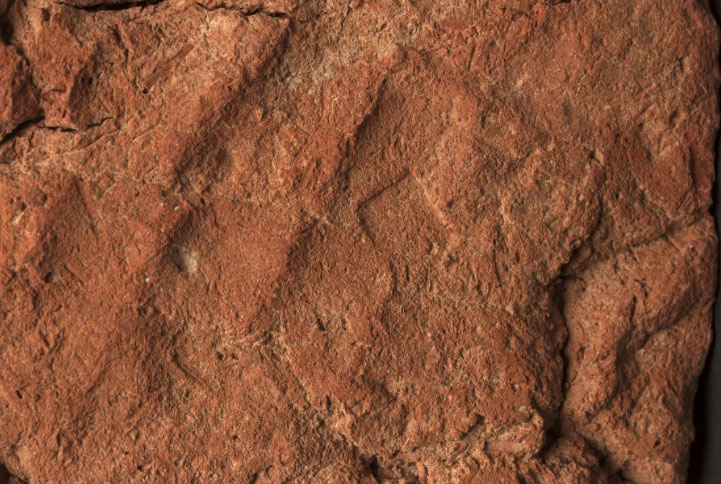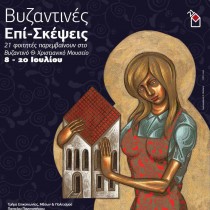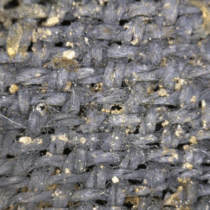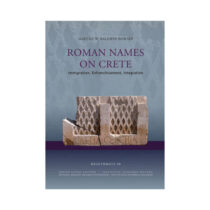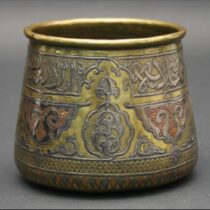A remarkably well-preserved 4,000-year-old handprint has been uncovered on an ancient Egyptian funerary object by curators preparing for an upcoming exhibition at the University of Cambridge.
The handprint was found on a “soul house”—a clay model shaped like a house, commonly placed in tombs during burial rituals. These models were believed to serve as offering trays or even as symbolic dwellings for the soul of the deceased in the afterlife.
The discovery was made by researchers while examining the artifact ahead of the Made in Ancient Egypt exhibition at the Fitzwilliam Museum, set to open on 3 October.
Helen Strudwick, senior Egyptologist and curator at the museum, described the find as “a rare and exciting” moment.
“We’ve spotted traces of fingerprints left in wet varnish or on a coffin in the decoration, but it is rare and exciting to find a complete handprint underneath this soul house,” she said.
“This was left by the maker who touched it before the clay dried. I have never seen such a complete handprint on an Egyptian object before.”
The handprint, dated between 2055 and 1650 BC, likely belonged to the potter who created the piece. Researchers believe it was left when the object was being moved—probably while it was drying prior to being fired in a kiln.
The exhibition focuses not on pharaohs or elites, but on the everyday artisans and craftworkers of ancient Egypt—individuals whose lives and contributions often go unnoticed in mainstream narratives.
Despite the abundance of ancient ceramics that have survived, surprisingly little is known about the potters themselves. Pottery was widely used and considered of low status in ancient Egypt. The “Teaching of Khet,” a surviving ancient text, even compares potters to pigs wallowing in mud—highlighting their marginalized place in society.
The soul house in question features a two-storey clay structure, believed to have been shaped around a wooden framework, which burned away during firing, leaving empty spaces. In the front area of the model, food offerings were placed—this example includes depictions of loaves of bread, lettuce, and the head of an ox.
While figures like Tutankhamun continue to dominate popular narratives, Made in Ancient Egypt seeks to shift the focus toward the craftsmen and creators behind the objects that have fascinated the world for centuries. The exhibition will explore who they were, how they lived, and how they were perceived within their society.
